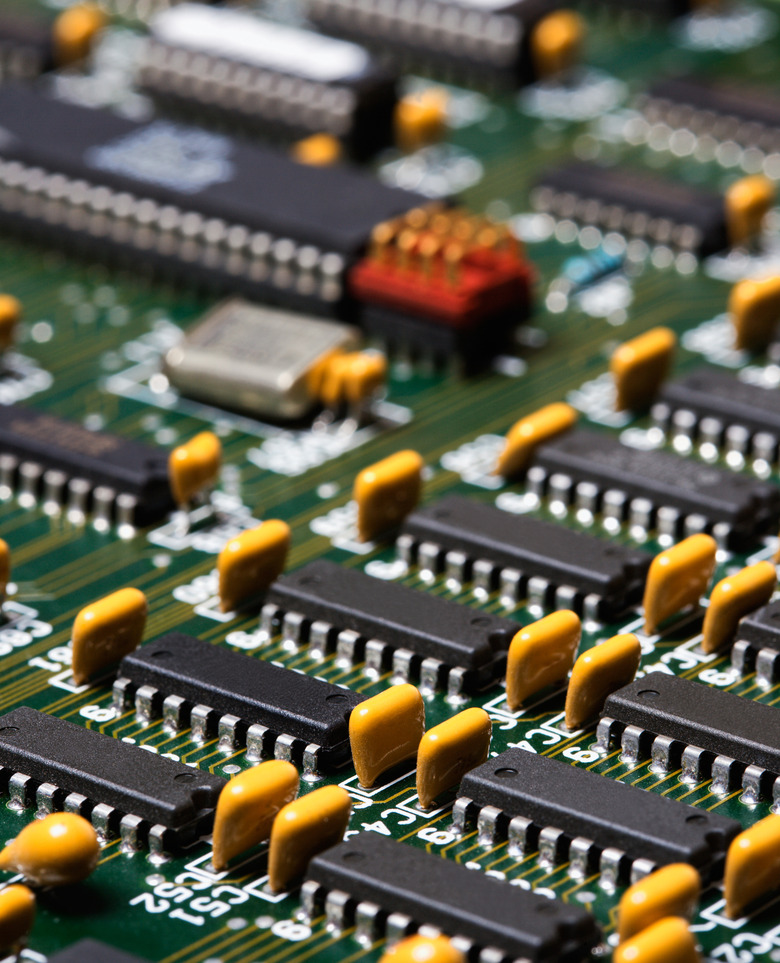How To Use Micronta 22-167
Electricity is due to the flow of electrons through metallic wires. Electrical appliances commonly go wrong and when this occurs it is useful to have means to fault test. A Micronta 22-167 multimeter is a portable device that has the capability of measuring AC voltage, DC voltage, resistance and electrical continuity. It consists of a main unit with digital screen and a number of buttons. Two measurement probes are also provided and plug into two sockets on the main unit.
Step 1
Plug the measurement probes into the main unit. Two measurement probes are supplied with the multimeter. Plug the red probe into the positive terminal and black probe into the negative (COM) terminal.
Step 2
Turn on the multimeter by pressing the power switch. Using the selector switch on the front of the multimeter, select the measurement function that is required. There is a choice of AC voltage, DC voltage, resistance and continuity. Press the range button to select an adequate measurement range. Alternatively, choose the auto-range option.
Step 3
Bring the measurement probes into contact with the component that is being measured. The digital display will change to the measured value. Voltage is measured in volts, current is measured in Amps, and resistance is measured in ohms. If using the electrical continuity function, an audible buzz signifies a positive continuity.
Step 4
Switch off the multimeter after the measurement has been performed. If left on and idle for more than a couple of minutes, the multimeter will switch itself off.
Cite This Article
MLA
Markings, Samuel. "How To Use Micronta 22-167" sciencing.com, https://www.sciencing.com/use-micronta-22167-8726615/. 24 April 2017.
APA
Markings, Samuel. (2017, April 24). How To Use Micronta 22-167. sciencing.com. Retrieved from https://www.sciencing.com/use-micronta-22167-8726615/
Chicago
Markings, Samuel. How To Use Micronta 22-167 last modified March 24, 2022. https://www.sciencing.com/use-micronta-22167-8726615/
